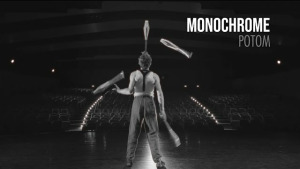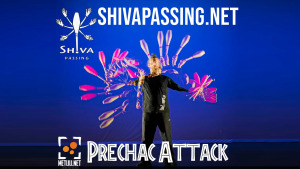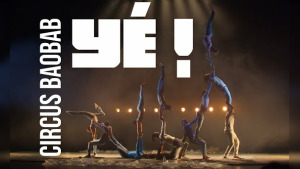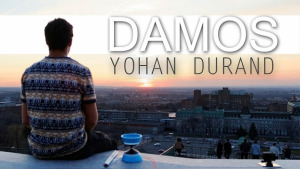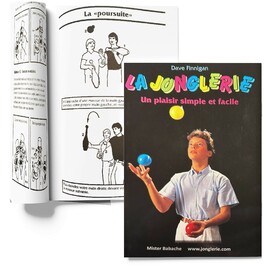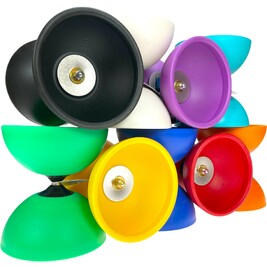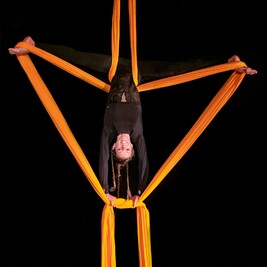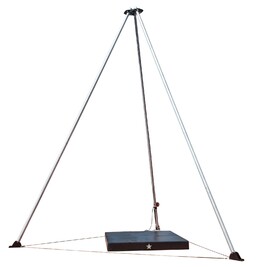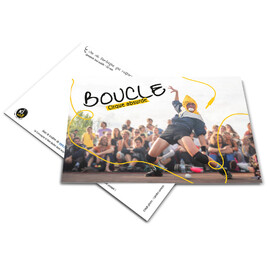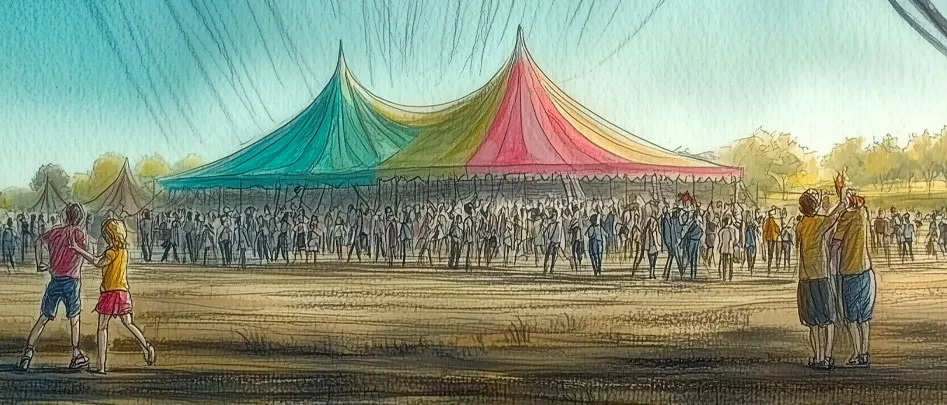
Circus arts
Circus arts: a living heritage between prowess and inclusion
Far from being confined to the picturesque image of the old-fashioned big top, circus arts today unfold as a plural universe, combining physical performance, artistic creativity, and social connection. From schools to adapted workshops and large gatherings of enthusiasts, this centuries-old discipline has reinvented itself to reach an ever-wider audience. An exploration of the facets of this moving art, from its iconic techniques to its educational and inclusive role.
A kaleidoscope of circus disciplines
Circus arts are distinguished by their diversity, with each discipline requiring specific skills. Floor acrobatics , with its dynamic lifts and skillfully orchestrated balances, requires almost gymnastic precision. Aerial acrobatics deploys its apparatus – flying trapeze, aerial silks or hoops – in suspended choreographies combining strength and grace. Balancing , meanwhile, defies gravity on a unicycle, tightrope or balance ball, while juggling makes balls, clubs and diabolos dance in a symphony of dexterity. Not to mention performing arts such as clowning or contortion, which breathe a unique theatricality into this world. In France, the French Federation of Circus Schools (FFEC) has more than 27,000 followers, mostly young people, proof of a craze that is not waning.
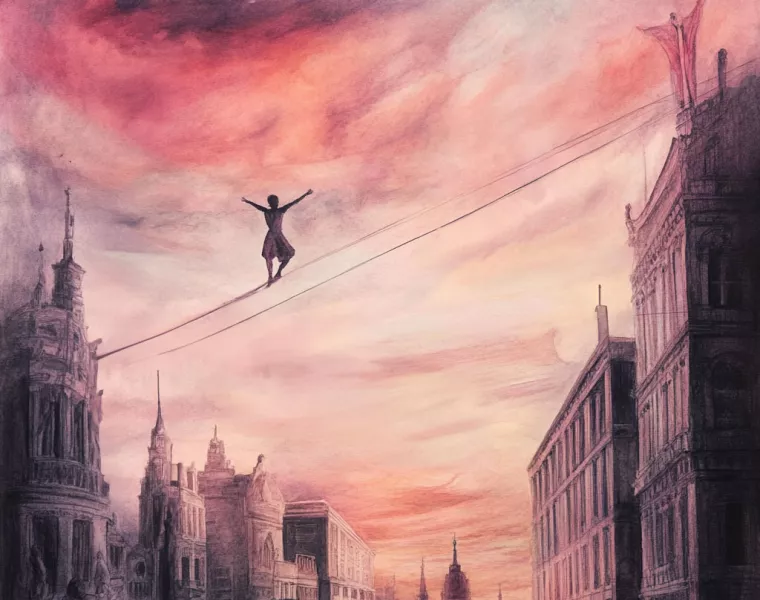
Juggling: an ancestral art with modern and educational benefits
Juggling, born in ancient times in civilizations such as ancient Egypt and imperial China, was offered as a popular spectacle captivating crowds. From medieval troubadours to today's street artists, it has spanned eras and cultures, evolving from simple entertainment to a multifaceted discipline. Today, its therapeutic and educational virtues are recognized, particularly for improving motor coordination and stimulating brain plasticity, making this ancestral art a tool adapted to contemporary health and well-being challenges.
A lever for personal and collective development
Beyond performance, circus arts sculpt the body and mind. Physically, they sharpen coordination, tone muscles, and loosen joints. Mentally, they sharpen concentration and ease tension, while providing a platform for the imagination. For practitioners, children and adults alike, learning an acrobatic lift or a club pass becomes a metaphor for perseverance and self-confidence. In a collective setting, group acts—such as human pyramids or juggling exchanges—cultivate mutual aid and complicity, values at the heart of circus philosophy.
Circus arts: an educational revolution for young people
In French classrooms, circus arts are establishing themselves as an innovative pedagogy, integrated into Physical Education (PE) classes starting in primary school. Introducing students to handling a diabolo or balancing on stilts is not just a motor exercise: it forges their creativity and collaborative spirit. Teachers see it as a valuable tool for teaching resilience in the face of failure and solidarity in effort. Outside of school walls, extracurricular workshops are proliferating, led by trained facilitators or passionate artists. These initiatives, often supported by the FFEC (French Federation of French Federations of Education), are establishing circus arts as a thriving educational discipline, combining learning and growth.
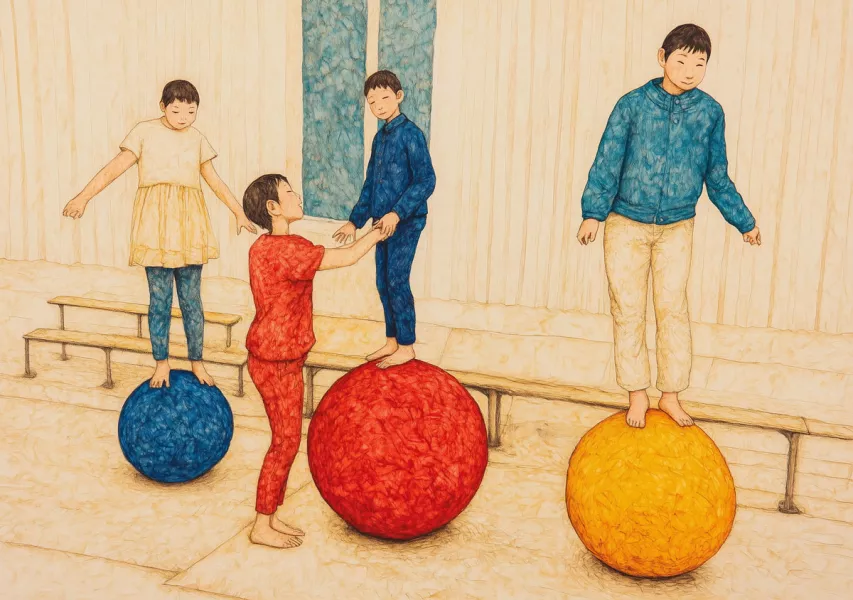
Handicapped circus: an artistic practice without barriers
Making circus accessible to people with disabilities: this is the ambition of the handi cirque . By adapting apparatus and techniques—for example, by simplifying juggling tricks or making lifts safer—this practice opens the doors to a traditionally demanding world. The benefits are tangible: improved motor skills, renewed confidence, and escape through artistic expression. In France, organizations like the FFEC or dedicated associations organize sessions in partnership with specialized centers, transforming the big top into a space of inclusion. The handi cirque thus illustrates an essential truth: circus art has no limits other than those imposed upon it.
Juggling Conventions: The Pulse of a Community
Every year, juggling conventions electrify the French circus scene, and NetJuggler strongly encourages all jugglers and circus performers to discover them as one of the most beautiful gateways to the multiple circus disciplines . These gatherings, organized on a regional or national scale – like the French Juggling Convention (CFJ) – are much more than simple events: they are celebrations of sharing where amateurs and virtuosos meet. Around workshops of all levels, often proposed by the participants themselves for the participants , everyone can refine their technique, whether it is mastering club passing or exploring complex diabolo figures, while building bonds within a community united by exchange.
But the conventions don't stop there: they also provide a stage for numerous shows, ranging from open stages where everyone can shine to prestigious Gala stages that highlight breathtaking performances. Not to mention improvised jams , where collective energy gives life to unique moments. Everything takes place in a festive environment, sprinkled with concerts , which celebrates a living art in an atmosphere of conviviality and transmission. Open to all, these events are part of an international dynamic, like the European Juggling Convention (EJC), and embody the very essence of contemporary circus, where discovery and pleasure blend at every moment.

These vibrant events are sometimes supported by the French Juggling Association (AFJ) , a structure dedicated to promoting and organizing conventions across France. By uniting enthusiasts and supporting local initiatives, the AFJ plays a key role in their sustainability. Via its Facebook page, it regularly announces the dates of conventions not only in France, but also in neighboring countries, thus providing a valuable calendar for French-speaking and international jugglers seeking meetings and inspiration.
Getting started in circus arts: a first step in the ring
Getting started in the circus arts requires only a desire and a few guidelines. Start by choosing your area—juggling for finesse, acrobatics for adrenaline—then find a suitable setting: a school affiliated with the FFEC (French Federation of Circus Federations) or a corner of a living room with online tutorials. Equipment, such as weighted balls or beginner's apparatus, remains accessible and affordable. The key? Consistency and curiosity. Both novices and aspiring artists will find a path to expression where every fall paves the way to success.
An art that uplifts and unites
From acrobatic lifts to festive conventions, circus arts paint a picture where self-improvement meets solidarity. Their growing presence in schools, their adaptation to vulnerable audiences, and their community celebration make them more than just a discipline: a vehicle for connection and discovery. Whether you pick up a club or attend a gala, this world invites you to take part in an unparalleled human and artistic adventure.
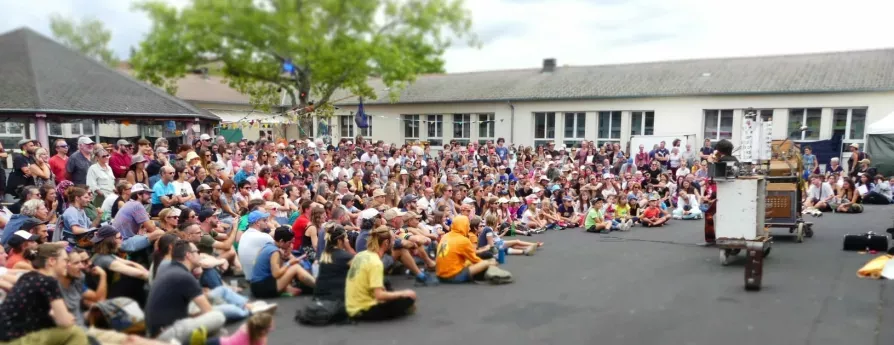
Comments
!Be the First to comment!
Harmonic Throwing Method
Juggling in rhythm with music thanks to the Jonathan Lardillier Method.
